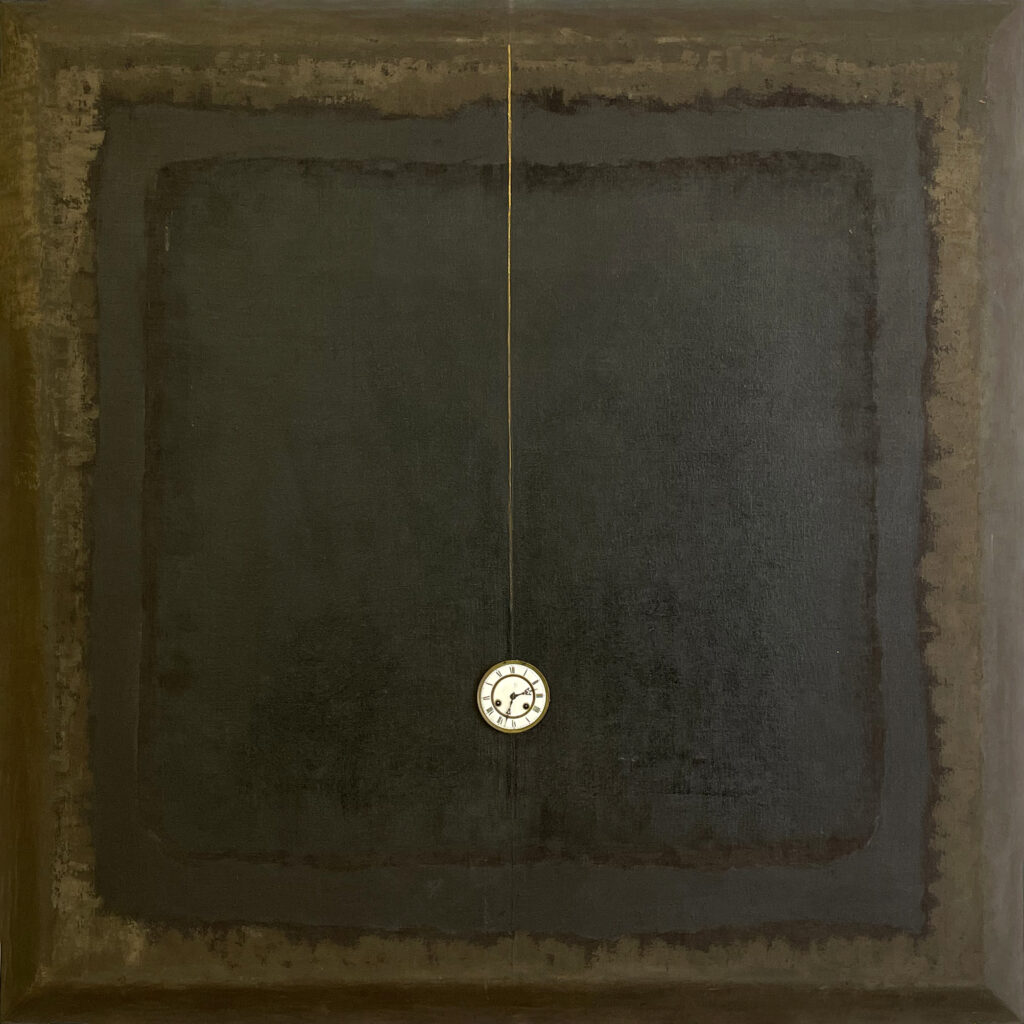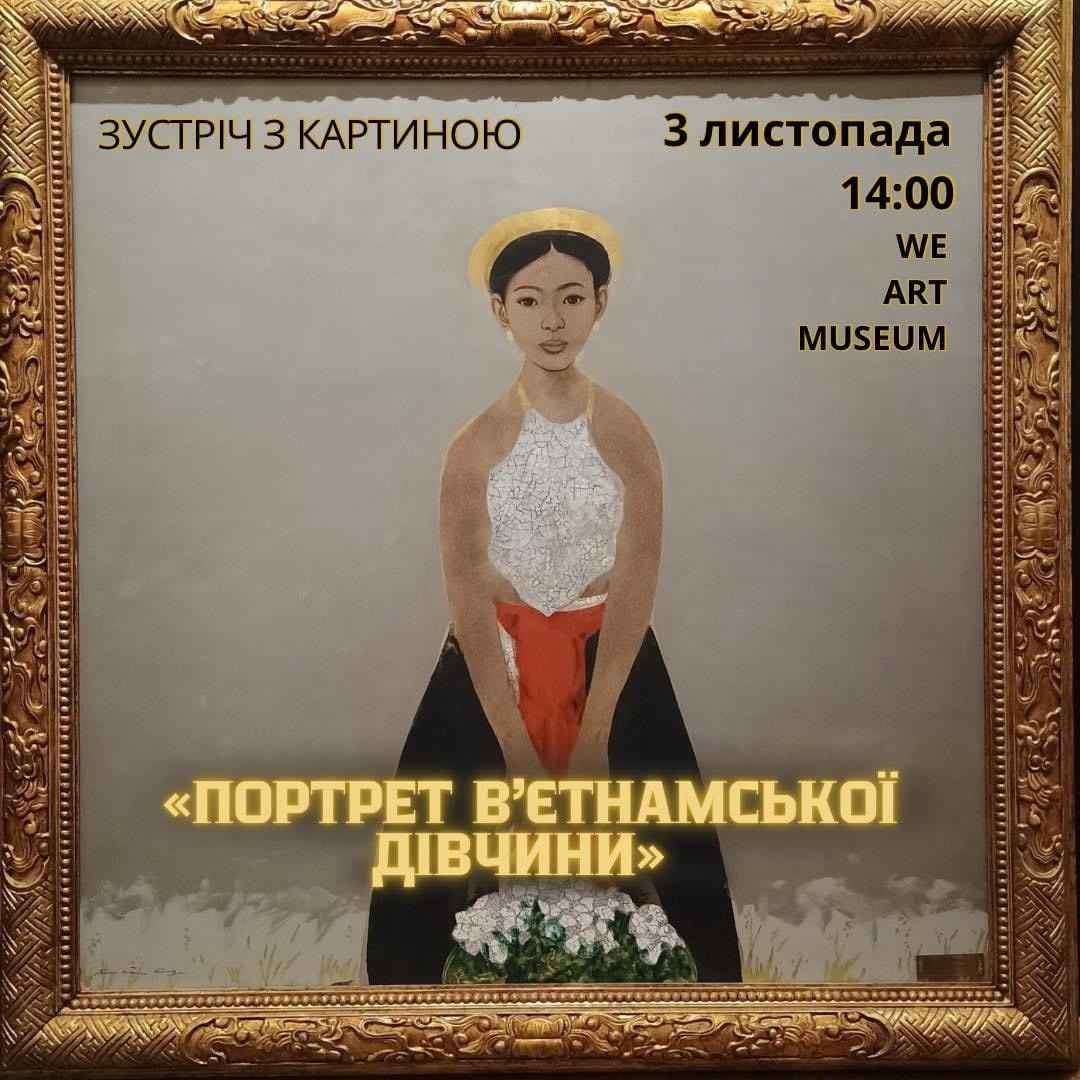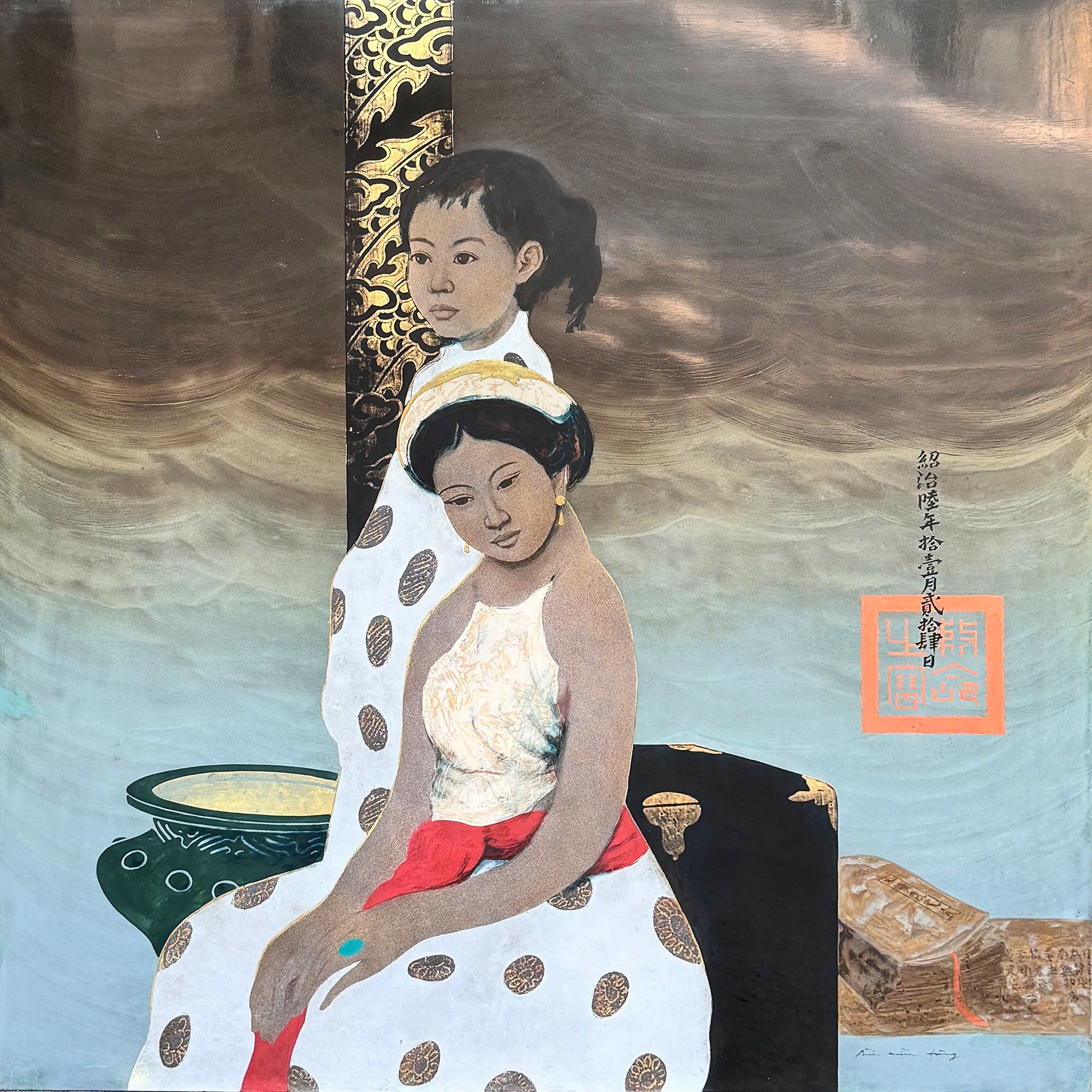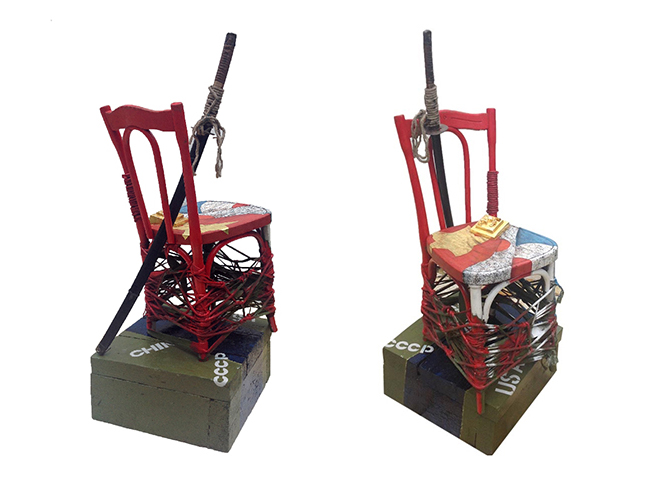In his body of work, Bùi Hữu Hùng has created many doors.
At times, these doors serve as conduits leading to distant destinations – such as the boundary of the afterlife. Yet at other times, the door stands unflinching, refusing to evade its responsibilities, carrying both its raw symbolic weight and its original, archetypal form. The image of the door, along with its many variations, haunts the artist.
Separation. Confinement. A house in mourning. Bombs. Bullets. A mouth sealed shut. Smooth surfaces. Crumpled surfaces. Traces of humanity. Objects. Elements of nature. Galloping hooves across endless steppes, struggles, destruction, resilience, then catastrophe. Construction. Rebirth. Love. Death. Materials in motion, or forever pinned within the stifling frame of the painting.
As we trace the marks the artist has left behind, we find ourselves, almost unwittingly, trying to decode lacquer. A cryptic “code,” yet never far from reach. It flickers in and out of view. Waiting for the right person, someone with a shared fate, to touch it.






